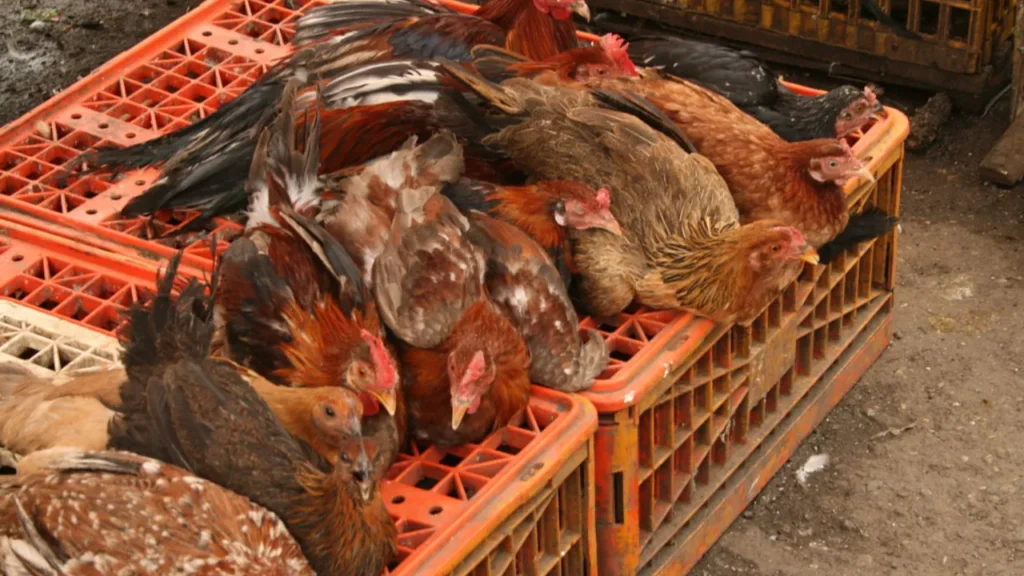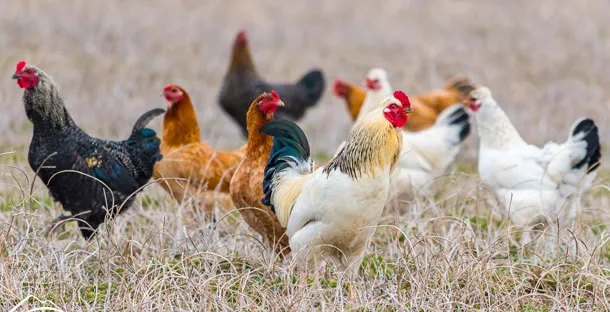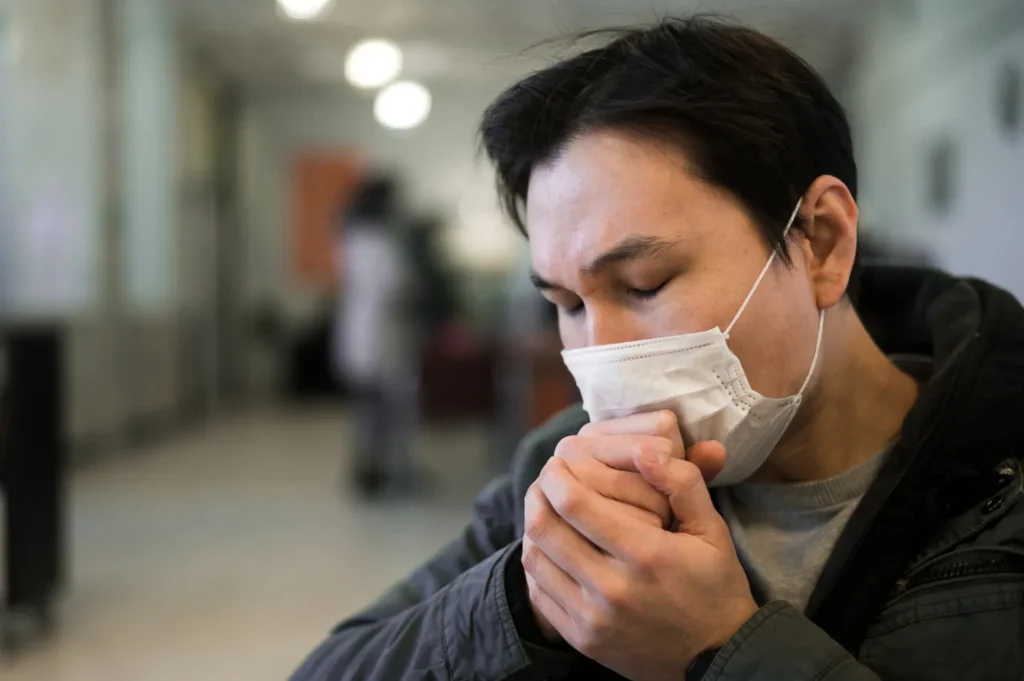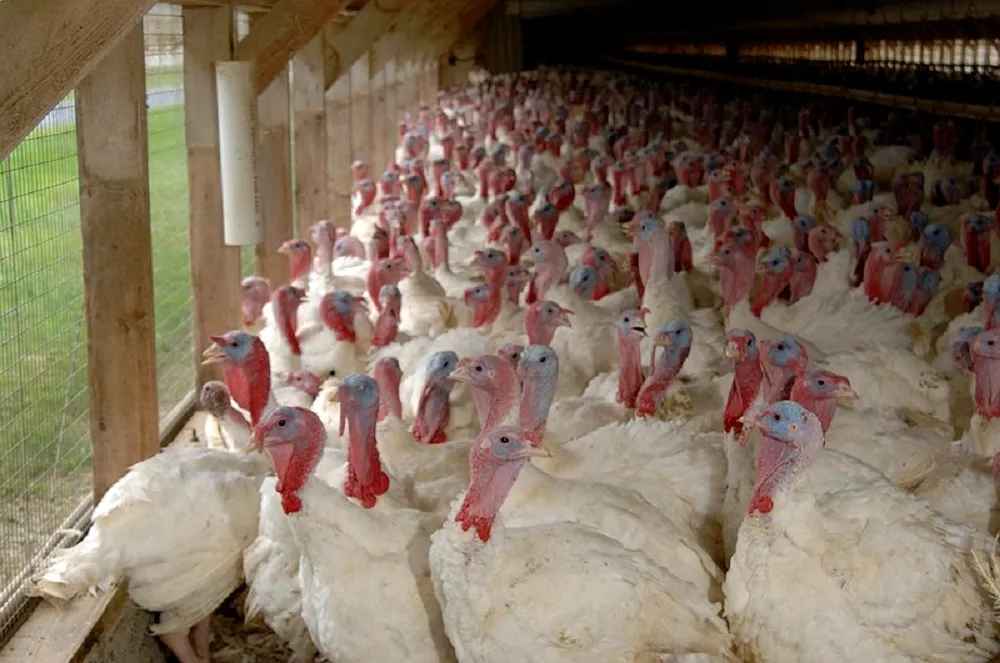- vortextimes.com
- March 26, 2024
- 3:38 am
- No Comments

Combating Bird Flu: Recognising the Risk and Taking Preventative Actions :
Bird flu, also called avian influenza, has grow to be a primary international threat to animal and human fitness in current years. This notably contagious viral disease, which has roots in the late nineteenth century, continues to pose a risk to public health systems and agricultural practices round the arena. In order to reduce the effects of hen flu on both chook populations and human groups, it’s miles critical to recognise the disorder’s characteristics, modes of transmission, dangers to people, preventive measures, and manage techniques.
Table of Contents
Unveiling Avian Influenza:

Understanding Transmission Dynamics:
Risks to Human Health:

Prevention Strategies:

Control Measures:
FAQs:
Q1: Can hen flu be transmitted from birds to human beings?
A1: Indeed, hen flu Humans are at risk of contracting viruses, mainly if they are in near proximity to infected birds or contaminated environments for an extended time frame. Human-to-human transmission, but, remains uncommon and commonly most effective takes place in sure situations.
Q2: What are the symptoms of avian influenza in people?
A2: Human signs and symptoms of hen flu can range from minor respiration troubles to severe respiration distress syndrome and, in rare instances, even loss of life. Frequent signs and symptoms include a fever, cough, sore throat, aches inside the muscular tissues, and trouble respiratory.
Q3: How can people protect themselves from chicken flu?
A3: Preventing avian influenza requires following basic hygiene practices, which include washing your palms regularly and fending off contact with lifeless or unwell birds. The danger of transmission can also be reduced through proscribing exposure to regions wherein birds are gift and by way of following biosecurity protocols on hen farms.
Q4: Is there a vaccine available for avian influenza in humans?
A4: Although there are avian influenza vaccines, their use and availability are regularly very regulated. Rather than defensive people, the main purpose of vaccination techniques is to shield chicken populations.